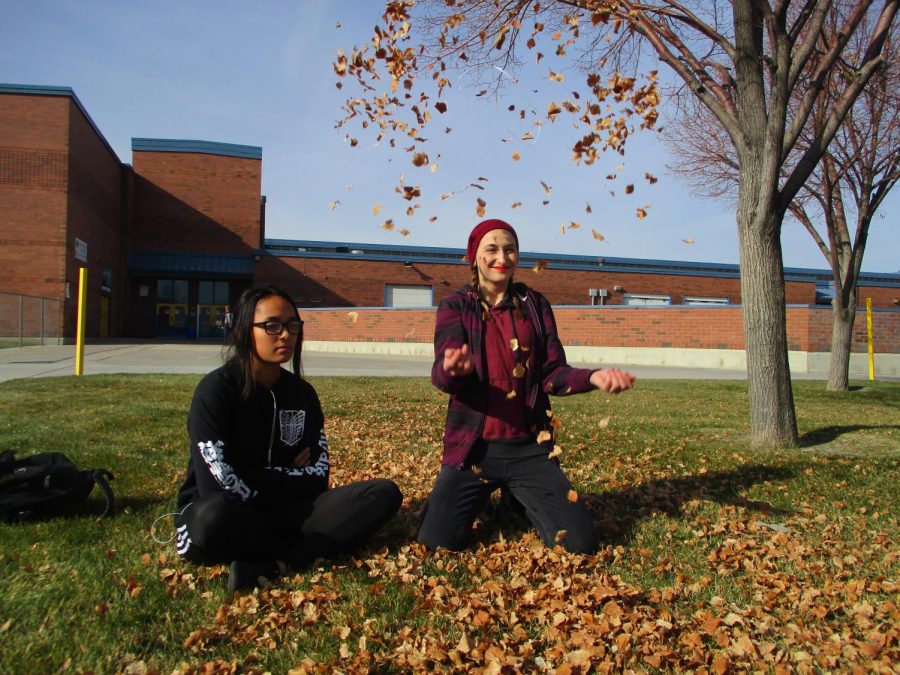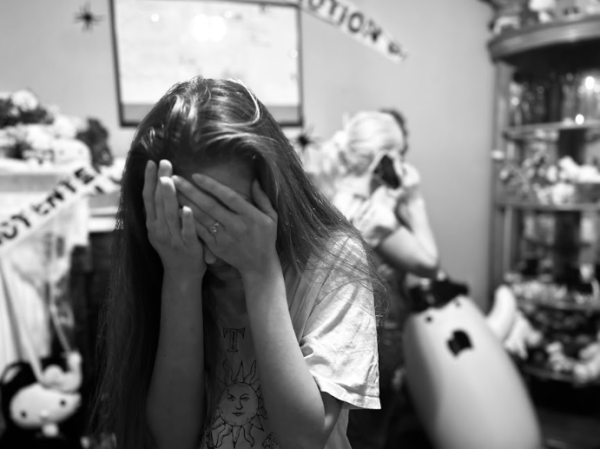Seasonal depression in students
December 13, 2018
Seasonal Affective Disorder, otherwise known as SAD, affects about 6% of people a year. SAD is mostly present in teens and early twenties, but can also affect beyond that. According to Kidshealth.org, no one really understands why and how this occurs, but the current theory is the lack of sunlight and how important sunlight actually is to the production of chemicals in the brain.
The way SAD affects the brain is it changes two of the naturally occurring chemicals in the brain, serotonin and melatonin. Low levels of serotonin is linked to depression. Serotonin is produced more when exposed to sunlight, hence why there are low levels in the winter due to less hours of sun. Melatonin is the chemical that allows one to feel tired. With lots of darkness, melatonin is produced more, therefore making one feel more tired and sleeping more than usual.
Senior Jessica Hill said, “Seasonal depression affects me more than regular depression. It makes me feel lazy and it’s hard to get out of bed everyday, especially for school.”
SAD affects teens and this plays a part in how they perform at school. Signs a student who may be struggling with SAD are: sudden lack of motivation, turning in work or presenting sloppy work that would otherwise be done well, turning down a majority of social engagements, etc. SAD hits most predominantly at the time of year that seniors start applying to college.
School counselors encourage to not overload yourself this time of year, especially if diagnosed with SAD. Dropping hard classes or setting up a study plan with guardians or teachers can help students stay on track to graduate, but make it more manageable when dealing with SAD.
Since SAD is a form of depression, applying to college may seem like a small thing to a senior, who in the spring, would think this is a big deal. Sometimes these symptoms aren’t the case for some students/adults. If someone already has these symptoms most of the year, something else may be going on. But their symptoms may worsen in the winter.
To get a full diagnosis, SAD is usually studied for the period of two years to ensure that these symptoms are actually tied to this form of depression. If you believe you have SAD, there are many ways to be tested, such as, physical exam and in depth health question, psych evaluation, lab tests, etc. The treatment for SAD range from different things depending on how severe the levels are. The most common treatment are special lamps that give off light as if it was sunlight to allow the person to feel as though they were getting more sunlight than they actually are.
Other treatment options are making time for things that make you happy, such as, sports, family events, watching your favorite show, etc. The things that are going to work for someone who has severe SAD may not be necessary for someone who has moderate symptoms.
Senior Jessica Hill finished with, “SAD is a bigger deal than the attention it brings, it has really affected me and the self image I carry around in the winter. My advice is getting help, reaching out and talking. There is no use in suffering in silence.”





